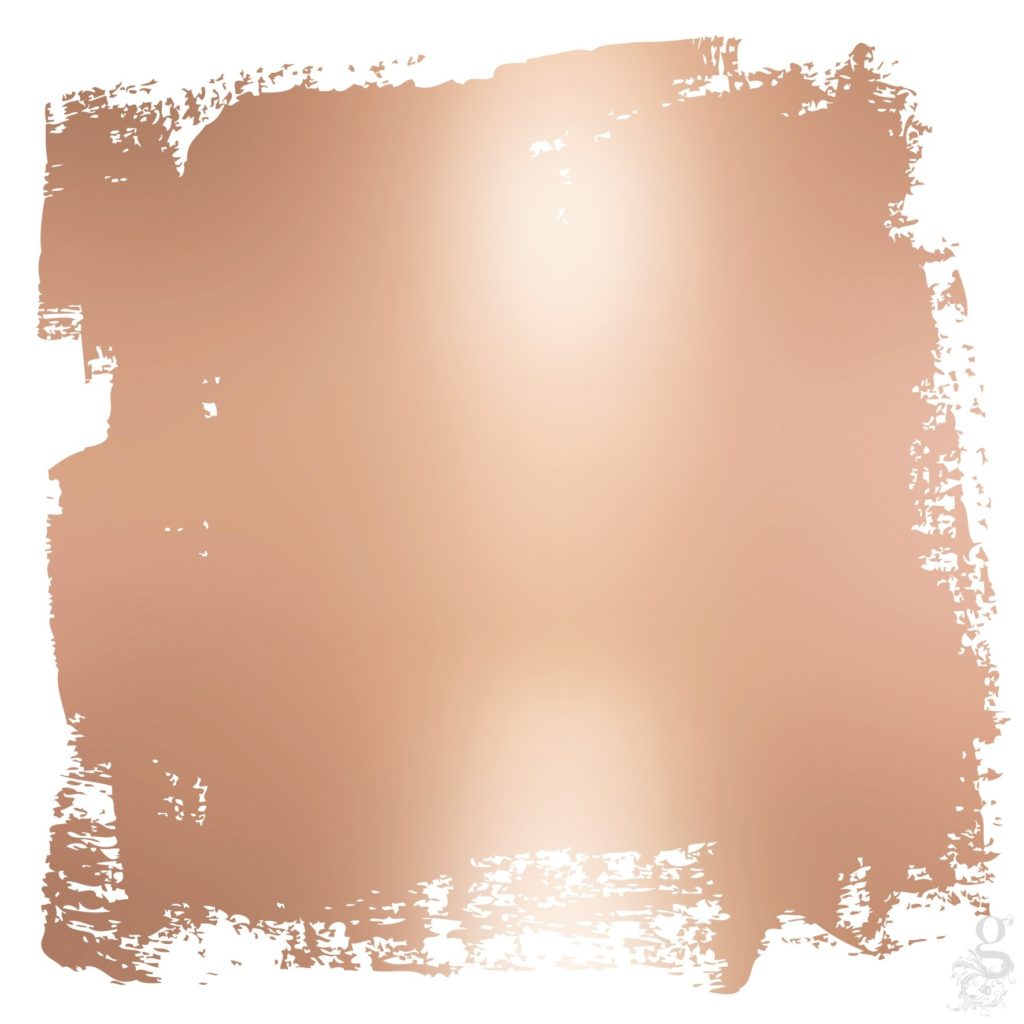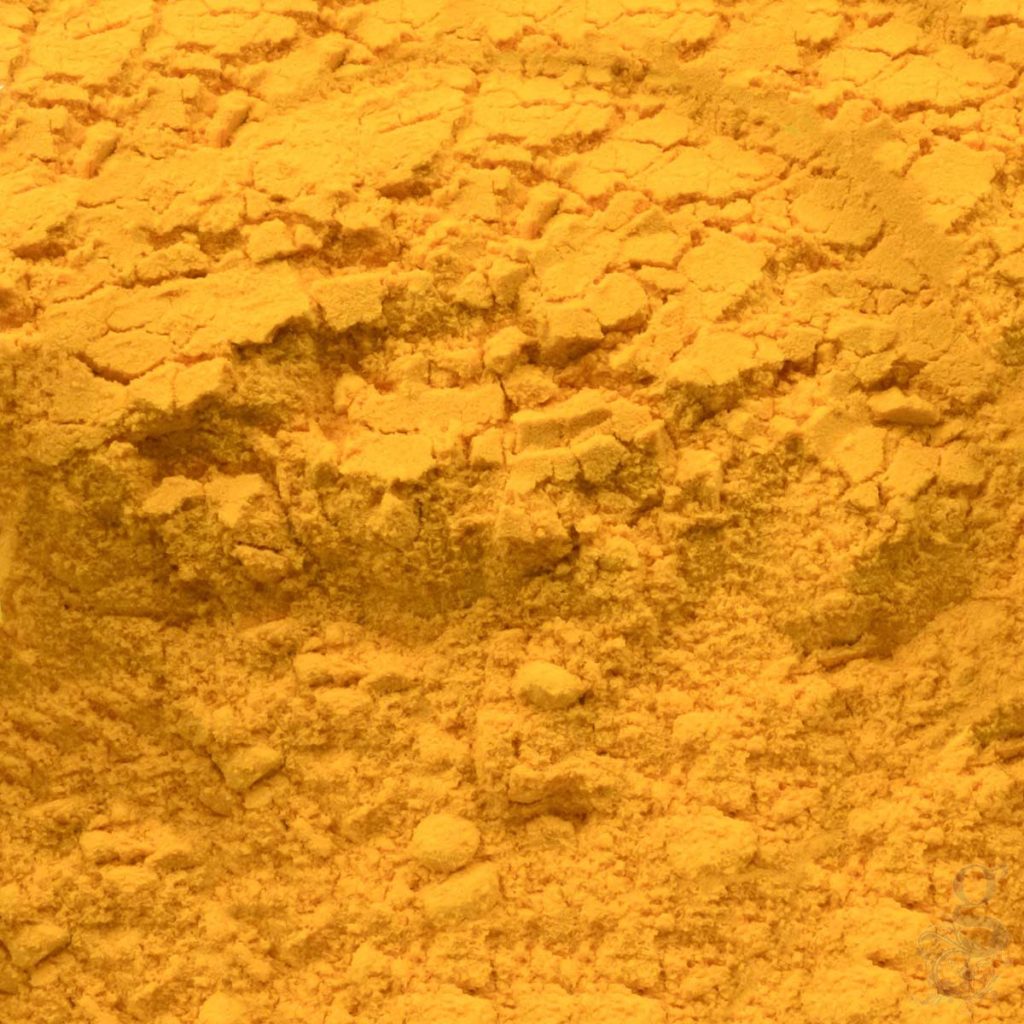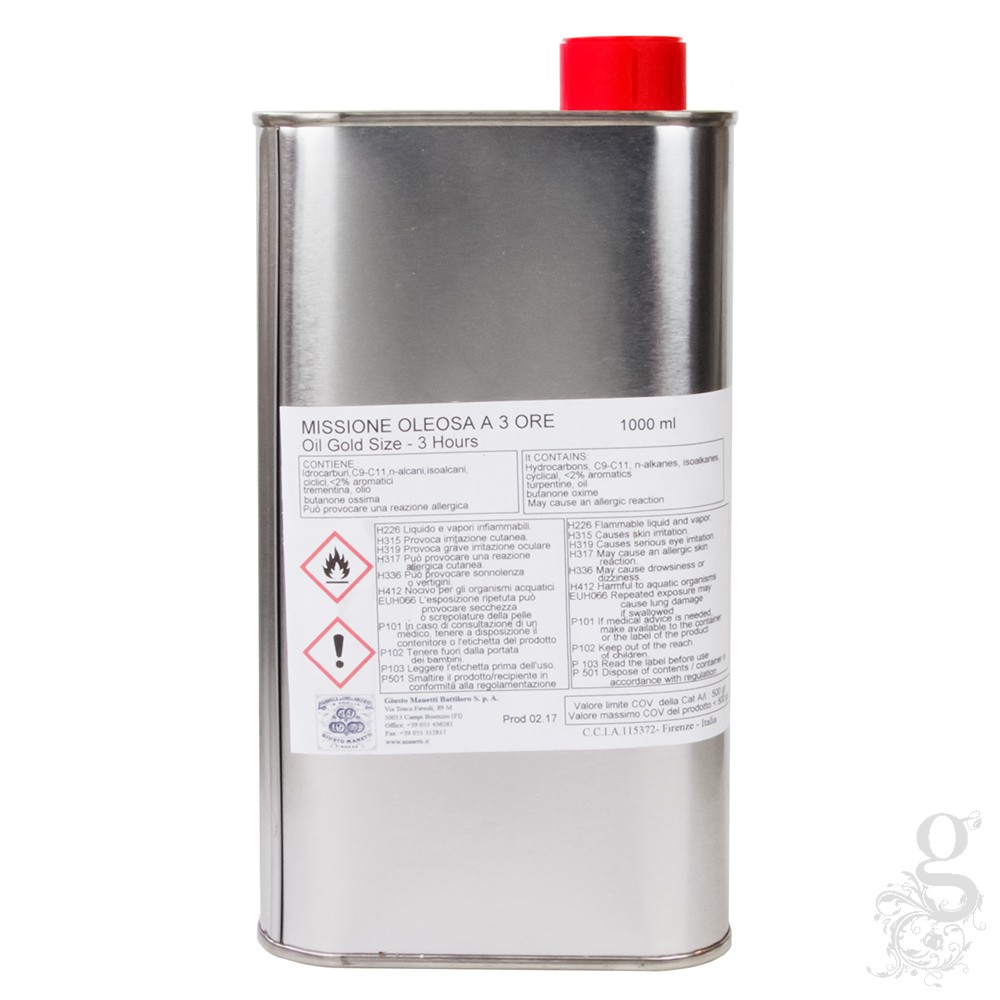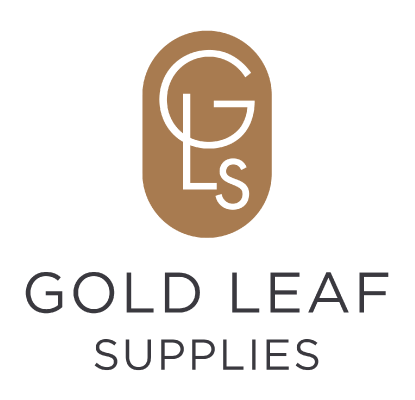For centuries, gold-coloured varnishes have been used to change the colour of white metal and silver leaf. These varnishes were used anywhere large areas of gold leaf would have been unwarrantably expensive. Unfortunately not only do these recipes often require that the varnish should be boiled but many of the dyestuffs are now difficult to obtain.
Some alternatives are therefore offered which, because of the range of organic pigments now available, open up possibilities for non-traditional effects.
Aniline dyes
Aniline dyes are obtainable in bright shades and also in wood dyes such as mahogany and walnut. Many are not very lightfast but whether this matters depends on the work that you are doing. Spirit soluble anilines can be used to tint the shellac varnish but they are not compatible with turpentine.


Dragon’s blood and Gamboge
Dragon’s blood and Gamboge are two natural colouring materials that can be used with shellac. Dragon’s blood is an orange red resin, which is only soluble in alcohol. It is reasonably lightfast, stains quite strongly and can be modified to give brownish red shades by the addition of a little transparent black such as ivory black in the form of a dry pigment. Genuine lump gamboges will dissolve in alcohol, although it is more widely thought of as a water-soluble gum-resin. Gamboge is marketed in broken cylindrical lumps, which, until wetted with water or alcohol, are yellowish-brown. It is one of the only yellow pigments that are transparent enough to be used over white metal leaf but unfortunately not all pieces are equally lightfast. It makes an excellent gold colour that can be modified to the exact shade required by adding a little dragon’s blood.
Simply dissolve a little of each resin in alcohol and then add a small quantity of shellac varnish to the mixture. Although the colour can be painted on with a brush, the most even coating will be obtained if the varnish is applied with a rubber as in French polishing. Build up the colour to the required depth with several thing coats instead of putting on one thick one. Shellac may also be tinted with dry transparent pigment. The most useful colours are Viridian, Prussian blue and Alizarin Crimson, which together with Gamboge, Dragon’s Blood and Ivory Black can be used to create a wide range of colours.
Traditional Oil Colours
The traditional oil colours which are transparent enough to be laid over white metal leaf without destroying it’s silvery quality are; the red lakes, verdigris, indigo and Dutch and Italian Pink – the last 2 are brownish-yellow lakes. Of these, verdigris and Dutch Pink are no longer available but some artist’s colourmen offer especially transparent oil paints. You may need to add a little gold size to the oil paints when a glaze is applied over metal leaf, the slightest unevenness will show and the addition of a small amount of gold size has the advantage that any brush marks will tend to flow out and disappear before the glaze is dry.

